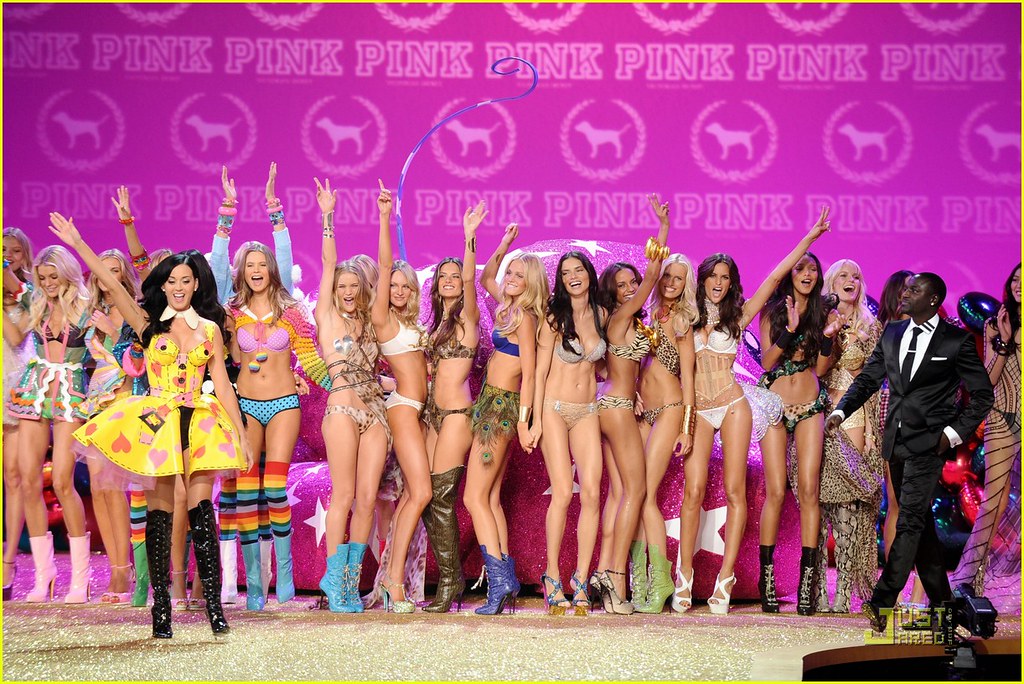
1 Why Do Many People Want to Be Models Despite Low Chances of Success?
Only a tiny fraction (0.2%) of aspiring models make it to the level of famous supermodels. Nonetheless, many keep trying, attracted by glamour, the chance to travel, and high pay that comes with fame. Beneath the surface lies a fiercely competitive industry that demands discipline – models carefully manage their diets, work long hours, and regularly deal with rejection. The chance to walk on runways or feature in fashion and beauty campaigns inspires the dreams of many.
2 What measurements and requirements do models typically have?
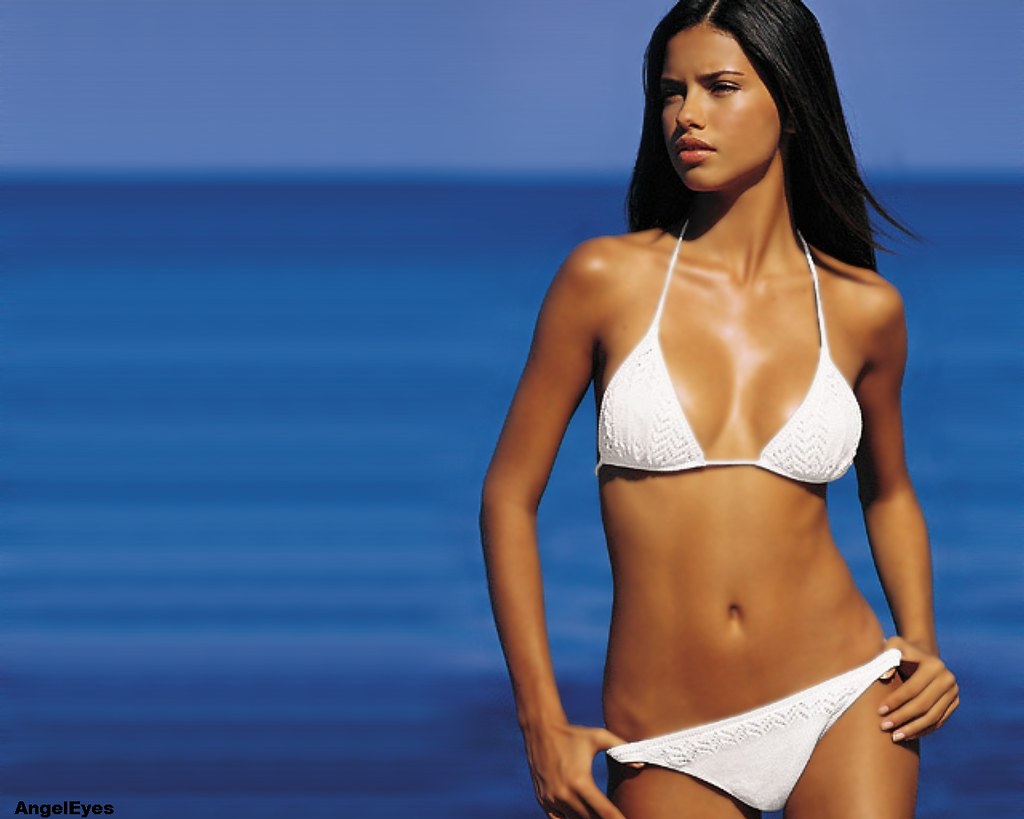
In terms of height and dress size, models usually meet specific criteria – most fashion models are very tall and quite slender. Although some plus-size models have emerged, most runway models have measurements like:
Height: 5′ 9″ to 6′ (the average height for women is 5′ 4″)
Weight: 110 to 120 lbs
Dress size: 0 to 2 (US sizing).
Shoe size: 7.5+ (for height).
Genetics are crucial from the outset. Models typically possess clear skin, healthy hair, good teeth, and confident, photogenic appearances. Clients and trends determine the requirements.
3 Do Models Typically Start Modeling at a Young Age? What is the Career Path?
While a few models like Gisele Bündchen from Brazil start modeling as teenagers, the majority start in their late teens or early twenties. Modeling careers peak during the twenties and early thirties, specifically for high fashion modeling, though print and commercial modeling include wider age ranges.
Models usually begin by doing test shoots and getting signed to an agency. From there, they build their portfolio through small jobs and may eventually move up to doing catalogs, editorials, runway shows, and advertising campaigns. However, only 1% of models become well-known and high-earning supermodels at the top. Modeling careers tend to be short-lived compared to many other professions.
The earnings of models vary greatly, with top supermodels earning significantly more. While some models work for free to gain experience, popular models can earn significant money depending on the job. These earnings can range from a few hundred to tens of thousands of dollars per day.
Supermodels can earn significantly more. Kendall Jenner reportedly earned $22.5 million in 2017, mainly from contracts with companies like Estée Lauder. Gisele made $128 million from 2000-2007. Though only a few models reach elite status, those who do can earn a substantial amount of money.
4 Why Are Castings Important for Models?

Castings are necessary meetings for models seeking clients and jobs. Models display their appearance to potential clients during castings. They may encounter designers, representatives from fashion houses and brand managers, or modeling agents who assess their suitability for future projects.
Typically, models introduce themselves, present their portfolio, take test photos, get measured, and answer brief interview questions. It’s a great opportunity to enter the industry, but castings often lead to rejection if the model doesn’t meet the client’s requirements. In the competitive modeling world, attending several castings is a necessity.
The effort that goes into producing perfect model photos is often overlooked.
However, many hours of work are put in behind the scenes to achieve the natural and flawless model images we see published in magazines. Makeup artists may spend hours doing touch-ups between shots. Hundreds of photos are taken to get a few perfect frames. Later, imperfections are removed through airbrushing in post-production.
The models do meet narrow beauty standards, but the final perfected looks commonly seen also reflect hours of hair, makeup, photography, direction, and editing before the final polished shots are approved by models and clients. Achieving perfection is not easy, even for professional models.
5 Do Models Usually Have Eating Disorders?

Sadly, eating disorders have impacted models’ lives given industry pressures. However, it’s important to note most models do not suffer from clinical conditions – rates are only somewhat higher than the general population. Extreme thinness stands out more on tall frames. And while models stay vigilant about nutrition given appearance pressures, most follow reasonable diets, managing health alongside their image.
Still, harsh words from some designers like Karl Lagerfeld reinforce troubling standards. Concerted efforts are pushing for greater diversity today to shift beauty standards, though looks remain central in an image-focused industry. Support for models’ wellbeing also keeps improving.
6 How Much Travel Is Involved for Professional Models?

As models advance in their careers, travel becomes very frequent – for most, it’s a fundamental part of the job. Top models often travel for shoots, ad campaigns, or to walk the runways during Fashion Weeks in fashion-centric cities such as New York, Paris, London, and Milan.
While traveling to glamorous locations is a perk, extensive travel also results in grueling schedules, jet lag, and separation from family and friends back home. Despite these challenges, globetrotting allows models to experience new cultures and visit sites that most only dream of. Models building an international fashion career often face these facts.
7 Models Rarely Get to Keep the Clothes They Wear
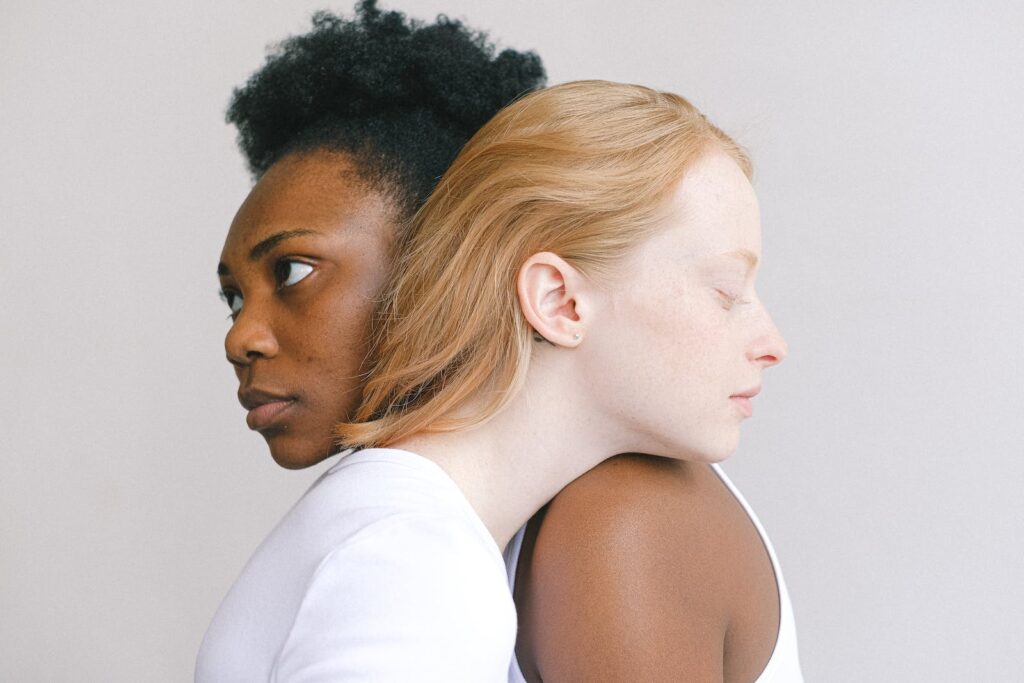
Even though we see models wearing the latest designer pieces, they rarely get to keep these clothes. The runway looks are sample sizes, while apparel for photo shoots is usually returned afterwards. So while models showcase glamorous fashions, their own wardrobes tend to look much more everyday.
8 Photo Touch-ups Have a Long History
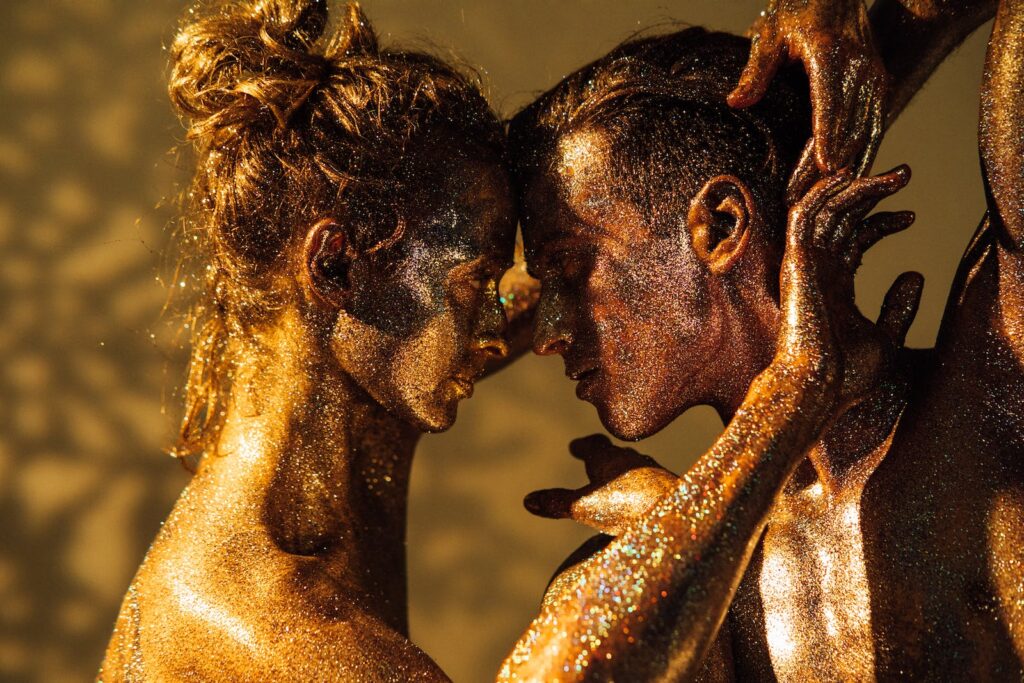
Airbrushing and editing photos is commonplace today, but even top models haven’t always looked perfectly flawless in raw shots over the years. Retouching photos dates way back to the early days of modeling in the 1850s. Techniques were used to smooth complexions, erase “imperfections”, and enhance elegance, even with early black-and-white images.
9 Many Countries Have Outlawed Extreme Thinness
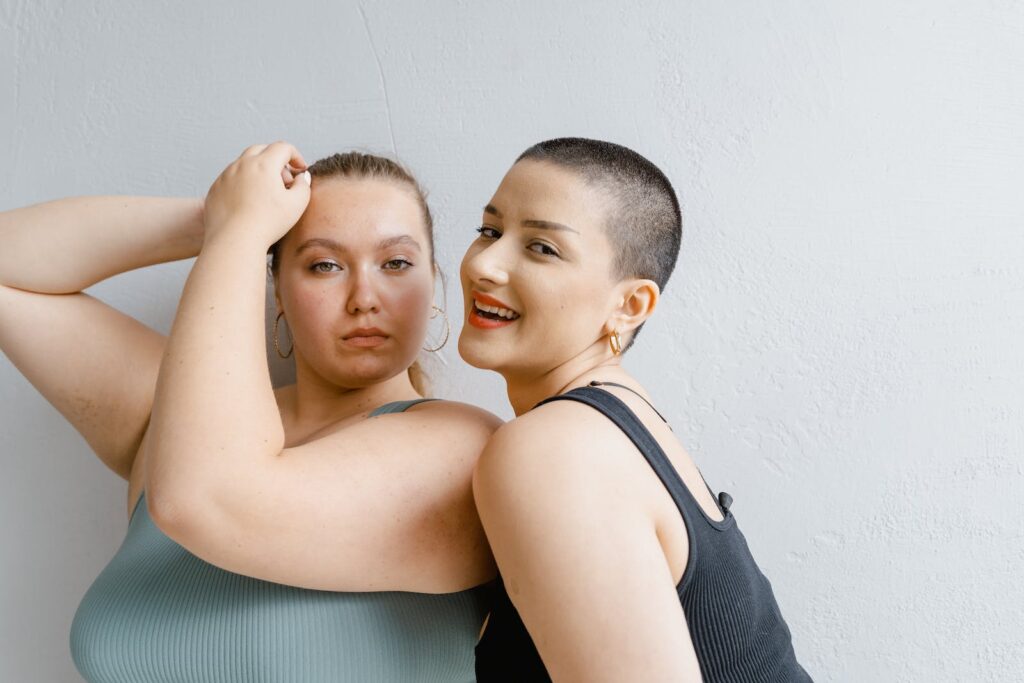
Due to concerns for models’ health and wanting to avoid promoting unrealistic body ideals, several countries have enacted laws around models’ BMI. Italy, Israel, and India forbid models falling below set BMI minimums to reduce incidence of eating disorders. Other countries limit how thin models can be.
10 Kate Moss Helped Launch “Heroin Chic” Controversy
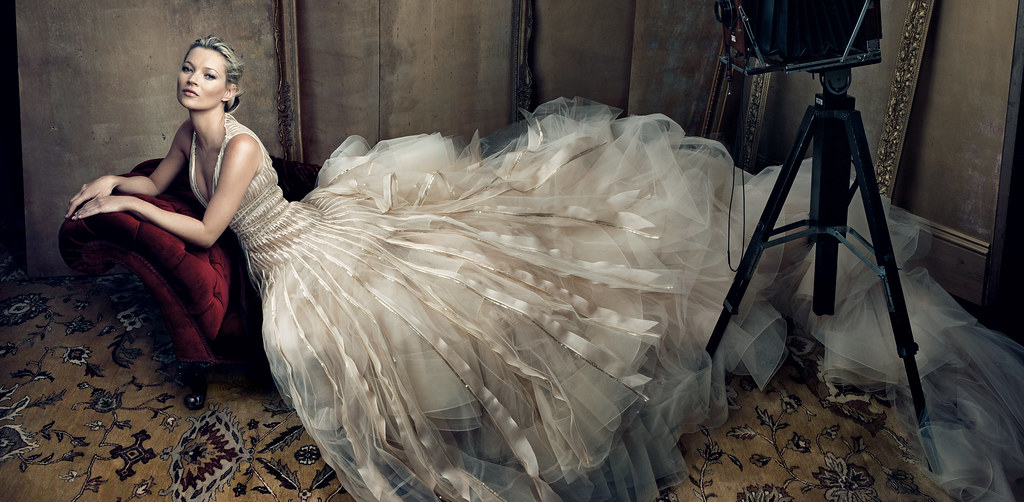
When Kate Moss rose to fame in the 1990s for her skinny frame and waifish look, critics alleged she and similar models promoted a glamorized “heroin chic” aesthetic tied to drug use. The controversy prompted many brands to adjust their preferences, though Moss continued enjoying a successful career.
Other surprising facts pervade the industry behind the scenes.

They don’t keep the clothes they wear, since they are mostly just runway samples or returned brand name apparel.
And many models begin working at a young age, which age minimums try to prevent.
It remains a female-dominated industry, though top male models also get opportunities.
Lots of models actually live together in small model apartments early on due to low pay, high rent cities.
So underneath the perceived glamour lies some gritty realities – yet also possibilities for travel, fame and fortune that continue inspiring the next generation of models striving to reach the top.
The glamorous world of fashion models, be it on magazine covers or Parisian runways, appears exclusive. However, much happens behind the scenes to achieve those perfect poses. We observe that the industry is filled with pressure, pay rates, model measurements, supermodel paths, and more, leading only a few to great rewards. Hopefully, this provides helpful insights.







